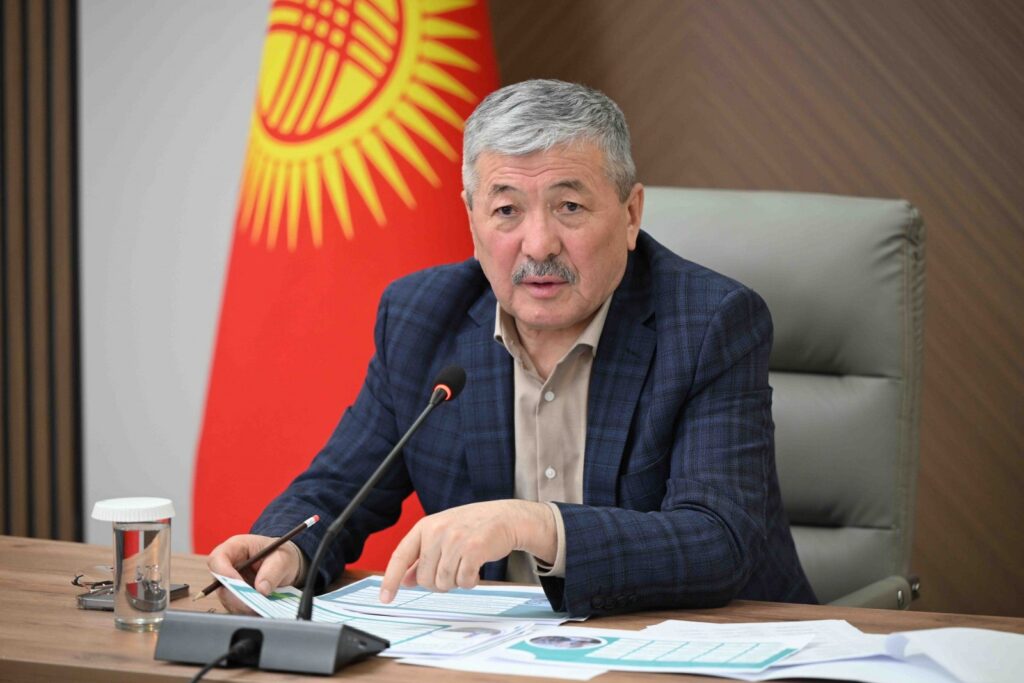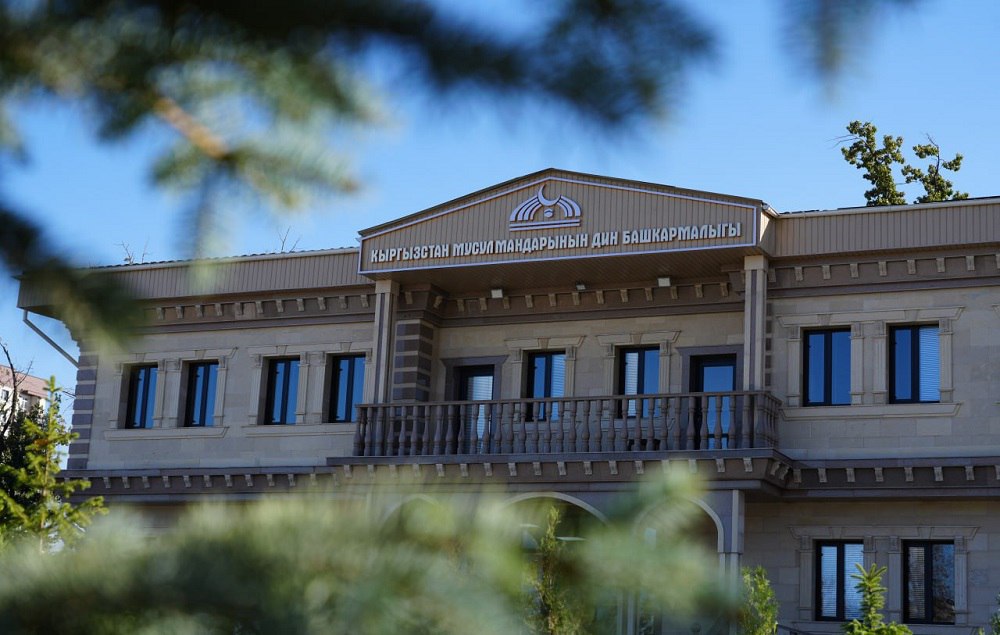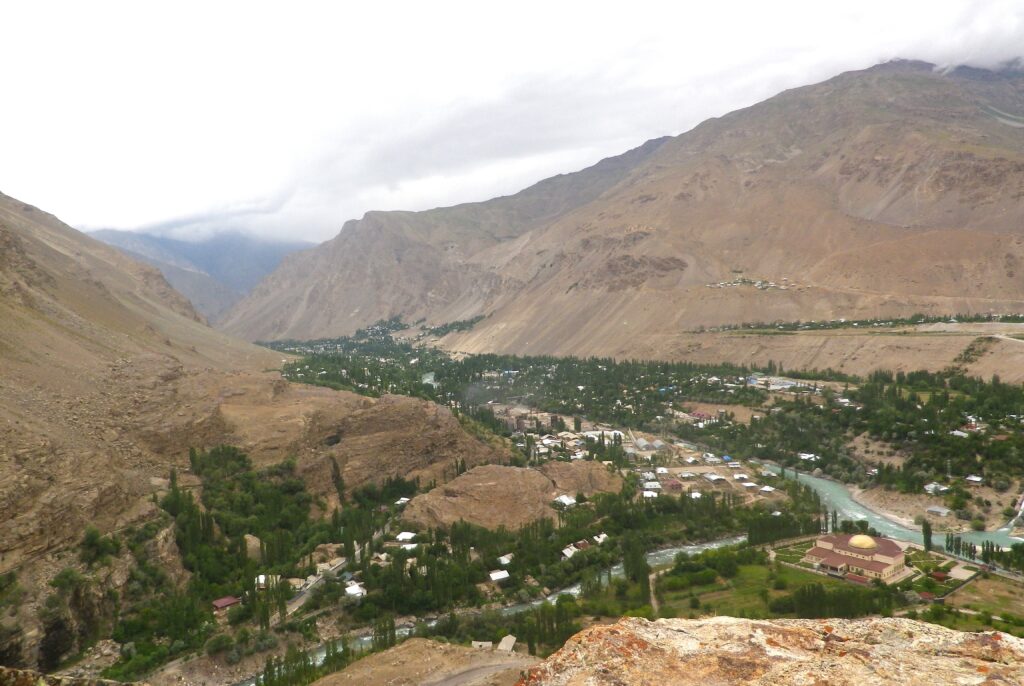BISHKEK (TCA) — All citizens of Kyrgyzstan will potentially benefit from a Project that will ensure risk reduction investment in educational infrastructure, a stronger capacity to respond to disasters, and a better environment to scale-up the country’s mandatory disaster insurance program. The Enhancing Resilience in Kyrgyzstan Project has been approved by the World Bank’s Board of Executive Directors, with US$ 20 million from the International Development Association (IDA), including US$ 10 million as a concessional credit and US$ 10 million as a grant, the World Bank said.
“Over 200 emergencies take place every year in the Kyrgyz Republic. They undermine hard-won development gains by exacerbating poverty and preventing economic growth. The challenges of a changing climate, sudden avalanches and dormant seismic risks threaten to push at-risk communities back into poverty, unless targeted investments in resilience are made,” said Bolormaa Amgaabazar, World Bank Country Manager for the Kyrgyz Republic. “Thanks to this investment project, the World Bank will support the Government in making poverty reduction efforts sustainable and solution-oriented.”
A major component of the Enhancing Resilience in Kyrgyzstan Project is improving the safety and functionality of schools across the country. A large proportion of school buildings are vulnerable to earthquakes due to building types such as adobe structures, unreinforced masonry, and confined masonry. Given the country’s estimated 1.5 million school and preschool students, fatalities from large-intensity earthquakes could potentially be very high.
“The Project will identify schools to be improved through a transparent risk-informed process, conducting feasibility studies and undertaking seismic retrofitting and capital repairs of existing buildings,” said David Sislen, World Bank Practice Manager for the Social, Urban, Rural and Resilience Global Practice, Europe and Central Asia Region.
With support from the World Bank’s Global Program for Safer Schools (GPSS), the Project will identify cost-efficient solutions for different school building types that can be implemented at scale. These scalable engineering solutions will complement the Government’s State Program on Safer Schools and Preschools for the period of 2015–2024.
Secondly, to be able to reach the country’s entire population, the Enhancing Resilience in Kyrgyzstan Project will maximize the coverage of emergency response systems. Together with development partners, the World Bank will invest in increasing the geographical coverage of emergency warnings and notifications to the population, strengthening the capacity of search and rescue teams, and accelerating the modernization for the “112” emergency call and dispatch system for local crisis management centers.
Thirdly, these efforts will be aptly complemented by amplifying financial protection for homeowners. Although disaster insurance coverage is mandatory, only 6.5% – or approximately 74,000 homes – throughout the country are insured. The goal is to turn the State Insurance Organization into a professional, modern insurance organization capable of working effectively with private homeowners. This will enable a reduction in the financial impact of natural disasters on households and reduce the financial burden on the government budget.
The Project will be implemented during the period 2019-2024 by the Ministry of Emergency Situations, in close coordination with the Ministry of Education and Science, the State Agency for Architecture, Construction and Communal Services, and the State Service for Financial Market Regulation and Supervision.









